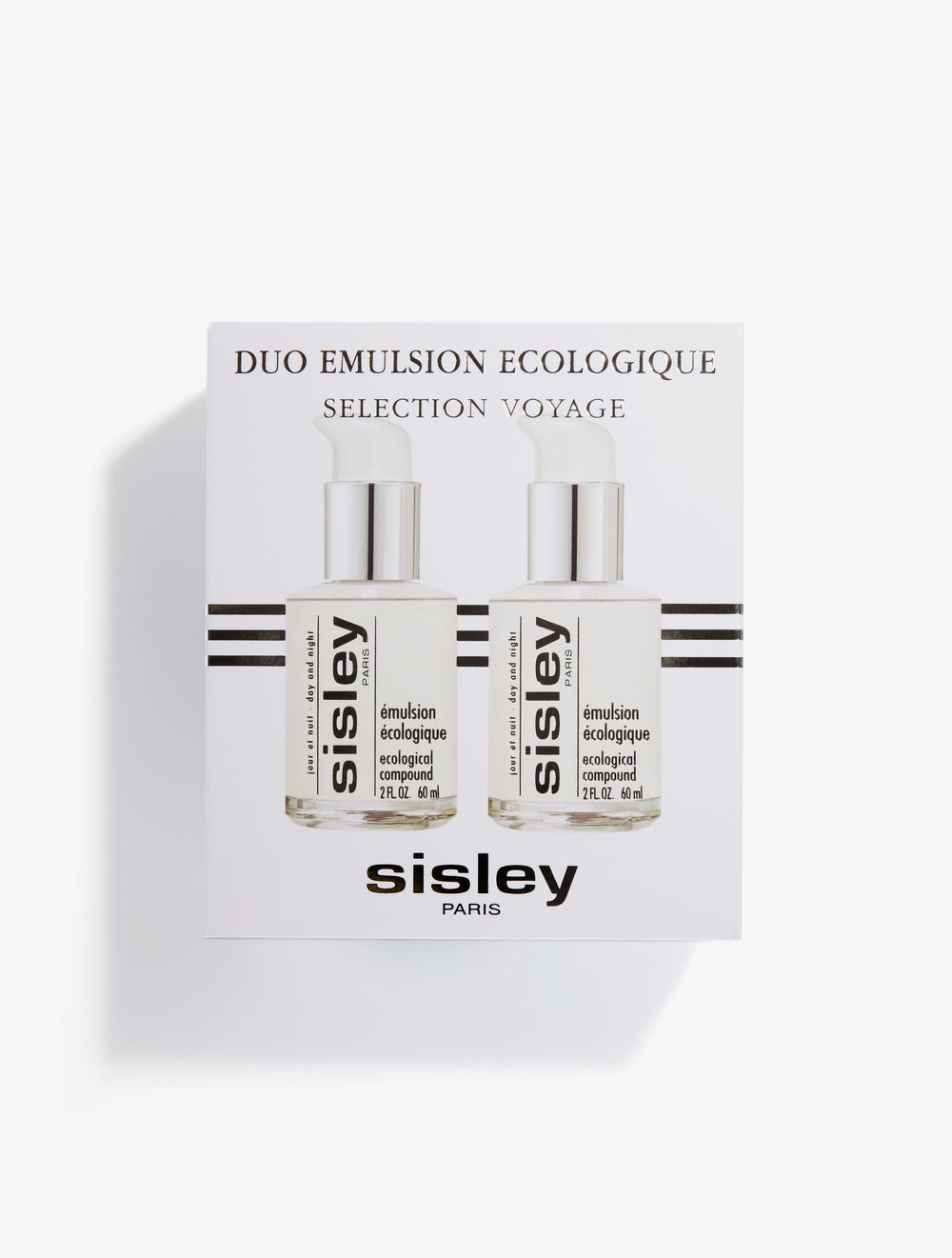Polyglutamic Acid Hydrating Serum – The INKEY List | Sephora
-
( 5 Reviews )Rated 5.00 out of 5 based on 5 customer ratings05
A powerful surface hydrator that smooths and plumps the skin and reduces the appearance of fine lines and wrinkles while providing a perfect makeup base.
-
Ecological Compound Duo – Sisley Paris
Rated 4.00 out of 502Ecological Compound Duo – Sisley Paris
Rated 4.00 out of 502 -
PEACH & LILY Glass Skin Refining Serum
Rated 4.88 out of 508PEACH & LILY Glass Skin Refining Serum
Rated 4.88 out of 508 -
CurrentBody Skin LED Light Therapy Mask – Hollywood’s favourite LED device
Rated 5.00 out of 505CurrentBody Skin LED Light Therapy Mask – Hollywood’s favourite LED device
Rated 5.00 out of 505
A powerful surface hydrator that smooths and plumps the skin and reduces the appearance of fine lines and wrinkles while providing a perfect makeup base.
Skin Type: Normal, Dry, Combination, and Oily
Skincare Concerns: Dryness, Fine Lines and Wrinkles, and Dullness and Uneven Texture
Formulation: Lightweight Serum
Highlighted Ingredients:
– Polyglutamic Acid Complex 3%: A naturally occuring super hydrator that enhances skin moisturization.
Ingredient Callouts: This product is also cruelty-free.
What Else You Need to Know: Holding four times more moisture than hyaluronic acid, this super hydrator creates a thin breathable film on the surface of the skin, locking in the moisture below while plumping, reducing the appearance of fine lines, brightening, and evening skin tone. It also makes a perfect base for makeup.
Clean at Sephora
Clean at Sephora is formulated without a list of over 50 ingredients, including sulfates (SLS and SLES), parabens, phthalates, and more. For the full list, check out the Ingredients tab.
IngreDients
Water, Dimethicone, Butylene Glycol, Bis-PEG-12 Dimethicone, Glycerin, Polymethylsilsesquioxane, Polysilicone-11, Phenoxyethanol, Polyglutamic Acid, Sodium Acrylate/Sodium Acryloyldimethyl Taurate Copolymer, Isohexadecane, Propanediol, Coco-Glucoside, Sodium Benzoate, Hydroxyethylcellulose, Polysorbate 80, Ethylhexylglycerin, Potassium Sorbate, Decyl Glucoside, Dimethylacrylamide/Acrylic Acid/Polystyrene Ethyl Methacrylate Copolymer, Sorbitan Oleate, Trisodium Ethylenediamine Disuccinate, Caprylyl Glycol, Hexylene Glycol, Oryza Sativa (Rice) Bran Extract.
Clean at Sephora products are formulated without:
Sulfates—SLS + SLES, Parabens, Formaldehydes, Formaldehyde-releasing agents, Phthalates, Mineral Oil, Retinyl Palmitate, Oxybenzone, Coal Tar, Hydroquinone, Triclosan, Triclocarban, Undisclosed synthetic fragrances (Products can be formulated with disclosed synthetic fragrances that meet the following two criteria: (1) the synthetic fragrances do not include any of the ingredients listed in numbers 1 through 12 above and (2) the synthetic fragrances are at a concentration below 1% of the total formula) The following type of acrylates: (ethyl acrylate, ethyl methacrylate, methyl methacrylate, butyl methacrylate, hydroxypropyl methacrylate, tetrahydrofurfuryl methacrylate, trimethylolpropane trimethacrylate , aluminum salts), Animal Oils/Musks/Fats, Benzophenone + Related Compounds, Butoxyethanol, Carbon Black, Lead/Lead Acetate, Methyl Cellosolve + Methoxyethanol, Methylchloroisothiazolinone & Methylisothiazolinone, Mercury + Mercury Compounds (Thimerisol), Insoluble Plastic Microbeads (This prohibited ingredient applies to products that are meant to be rinsed off ), Resorcinol, Talc (Talc that is free of any asbestos can be used in the formulation provided that Brand conducts testing to ensure that talc is free of any asbestos.), Butylated hydroxyanisole (BHA), that is 0.1% or more of total formula, Ethanolamines DEA/TEA/MEA/ETA, Nanoparticles as defined by the European Commission, Petrolatum and Parrafin that is not USP grade, Phenoxyethanol that is 1% or more of total formulation, Polyacrylamide & Acrylamide, The following types of Styrene (Bromostyrene, Deastyrene/acrylates/dvbcopolymer, sodium styrene/divinylbenzene copolymer , styrene oxide, styrene), 1,4 Dioxane in final formulas must comply with the thresholds as follows: (10 or < ppm for products that are meant to be rinsed off, wiped off or removed, 3ppm or < for products that are meant to remain on the skin).






by Audrey
I really like this product, it smells really weird which totally turned me off the product for awhile but it does what it claims and has never bothered by sensitive skin.
by Darren
Mixing this with my foundation (Shiseido Synchro Skin) literally makes my skin look runway ready. I cannot recommend this product enough!!!!
by Tiff
I don’t leave reviews but I had to for this one! Such a simple product but it’s the ONE.
So far loving this product, it definitely delivers on holding up to 4 times for moisture. I’ve been using it day and night and it’s giving me a plump effect. At night I love how my skin looks and feels moisturized. In the morning my makeup sits very nicely and this helps my sunscreen sit will too.
I use as instructed, I put eye cream, Inkey list Q10 + collagen + HA before, numbuzin #3 day and night THEN POLYGLUTAMIC acid, moisturizer and sunscreen. I’ve only needed to use concealer for the 3 weeks I have been using it.
by Phinea
This is amazing!!! So much more hydrating than regular hyaluronic acid. I love this under makeup as well. Personally, I love the smells (smell like sweet fruit syrup)
by Varez
I slather this stuff on every morning and night and buy multiple at a time. It’s my all time favorite moisturizing product – and its affordable!